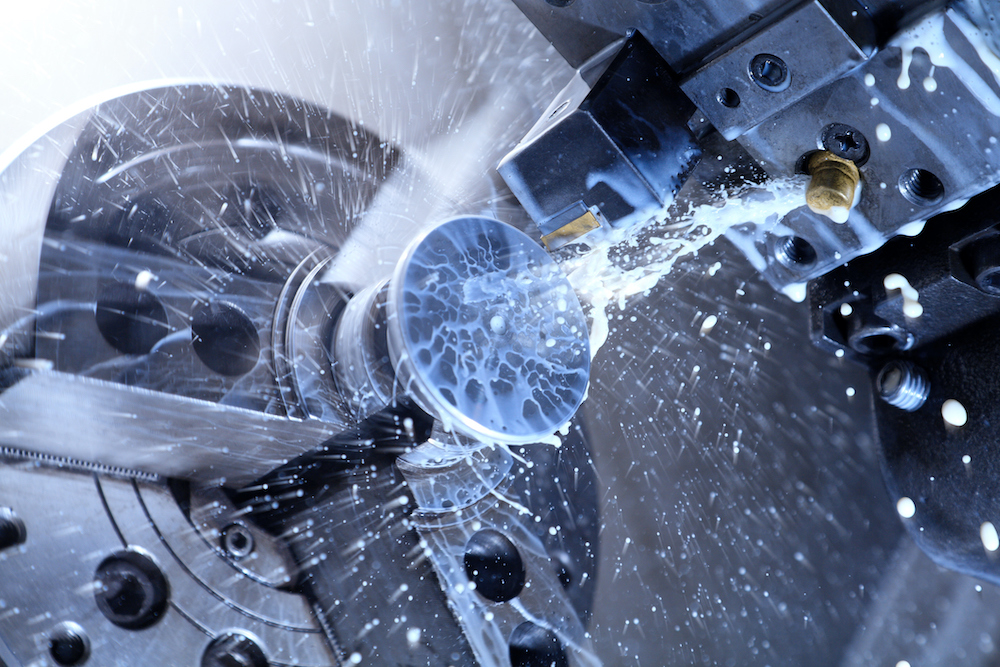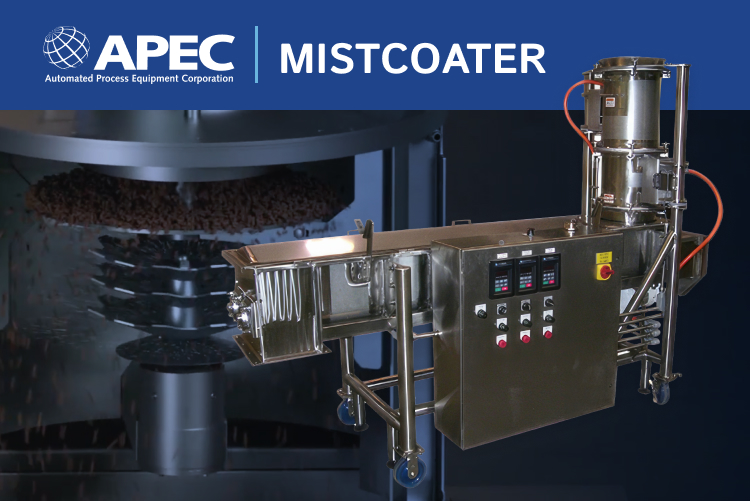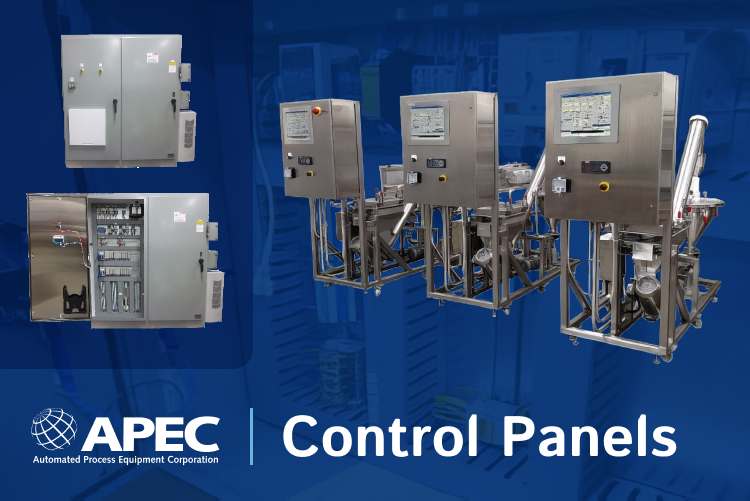
A CNC lathe and CNC mill are two of the most important machines for custom fabrication and precision machining services. These machines are the mainstays for many machine shops, and many jobs cannot be completed without these machines. The CNC lathe and CNC mill are similar and can complete many similar projects, but there are important differences between them as well. Let’s take a closer look at these important machines. Find out more about a CNC lathe vs. CNC mill.
CNC Lathe Vs. CNC Mill
What is CNC Machining?
First, what is CNC machining? CNC machining is a subtractive process, which means that the machine starts with a solid piece of metal (or sometimes plastic or other materials) and cuts away pieces to create a shape. Both CNC mills and CNC lathes are subtractive CNC machines. This differs from additive manufacturing, which adds material to create a shape. 3D printing is one type of additive manufacturing.
CNC stands for Computer Numerical Control, this means that the lathe and mill both use a computer control system to make precise cuts and create exact shapes. A CNC machine uses a digital plan to tell the machine what cuts to make, where to make them, and how to do it. This requires an operator’s help, but once the machine is set up, it can usually work independently. Though lathes and mills have been used for hundreds of years to create essential items, CNC machining makes this process much faster, safer, and more efficient than the traditional lathes and mills used many years ago.
Learn more about APEC’s custom fabrication machines and services
Download the Custom Fabrication Guide
What is the Difference Between a CNC Lathe and CNC Mill?
Both a CNC lathe and a CNC mill use a digital, pre-programmed plan to create an object from a piece of metal, plastic, or other raw materials. CNC milling and CNC turning, which is done on a CNC lathe, are similar machining processes, but they have some differences, and each machine is ideal for particular parts.
The main difference between a CNC lathe and a CNC mill is the way the machine and the part rotate. A CNC lathe rotates the workpiece or bar stock against the cutting tools to make a shape. By contrast, in a CNC mill, the cutting tools rotate around the bar stock. This difference is subtle, yet they allow each machine to create particular objects or make particular cuts with speed and efficiency.
What Do CNC Lathes and CNC Mills Make?
The subtle differences in functionality between a CNC lathe vs a CNC mill make each machine ideal for different parts. A CNC lathe is ideal for conical or cylindrical pieces, while a CNC mill can work with more complex shapes. A CNC mill can create flat surfaces as needed, make deeper holes, and make pockets, planes, grooves, or edges. A CNC lathe usually creates shapes, parts or objects that are mostly uniform across the conical or cylindrical surface, such as screws, shafts, knobs, disc cams, or crankshafts. Understanding how a CNC lathe vs. a CNC mill operate can help you choose the most efficient machine for your project.
Types of CNC Lathes and CNC Mills
There are many different types of CNC lathes and CNC mills. The speed of the lathe or mill, the metals or plastics that it can work with, the size of the object it can produce, how accurate or precise it is, and the type of cuts that it can make all differ by machine. The type of part or item you are working with may work better on some CNC machines than others.
For simple components or products, a machine with a high level of precision or complexity might simply add unnecessary costs. However, if your parts or components have very tight tolerances, they’re made from very tough metals, or they are very complex, a more advanced CNC machine will probably do the job best.
What Materials do CNC Lathes and CNC Mills Work With?
CNC lathes and mills usually use metal bar stock to shape a part or item. Most commonly, this is some type of aluminum or steel, though it can also include many other metals, such as brass, copper alloys, or alloys containing high nickel, titanium, or carbon. Other CNC lathes and mills may also work with different types of plastic or wood as well.
How easily a CNC machine can work with a metal or another material depends on several factors. The material’s hardness, flexibility, melting point, conductivity, and other properties may play a role in the machining process. Some CNC lathes or mills are not designed to work with very tough metals. Some metals will crack or bend more easily, and machines designed for very tough metals might not be effective. It’s also important to consider the cost of the metals, and what you need the part or item to accomplish. Aluminum, for example, is easy to machine and highly affordable, but it might not work well for parts that will be subjected to intense stress, corrosion, or temperature extremes.
How Can You Choose the Right CNC Machine?
Still not sure whether a CNC lathe vs. a CNC mill is right for your project? Your machine shop or fabrication facility can tell you more about the metals that they work with, machine tolerances, and the level of complexity their machines are capable of. It’s also helpful to ask about design files and how to simplify a design to reduce costs. Take a look at the custom fabrication guide to learn more about precision machining services at APEC, or contact us to get a quote.







